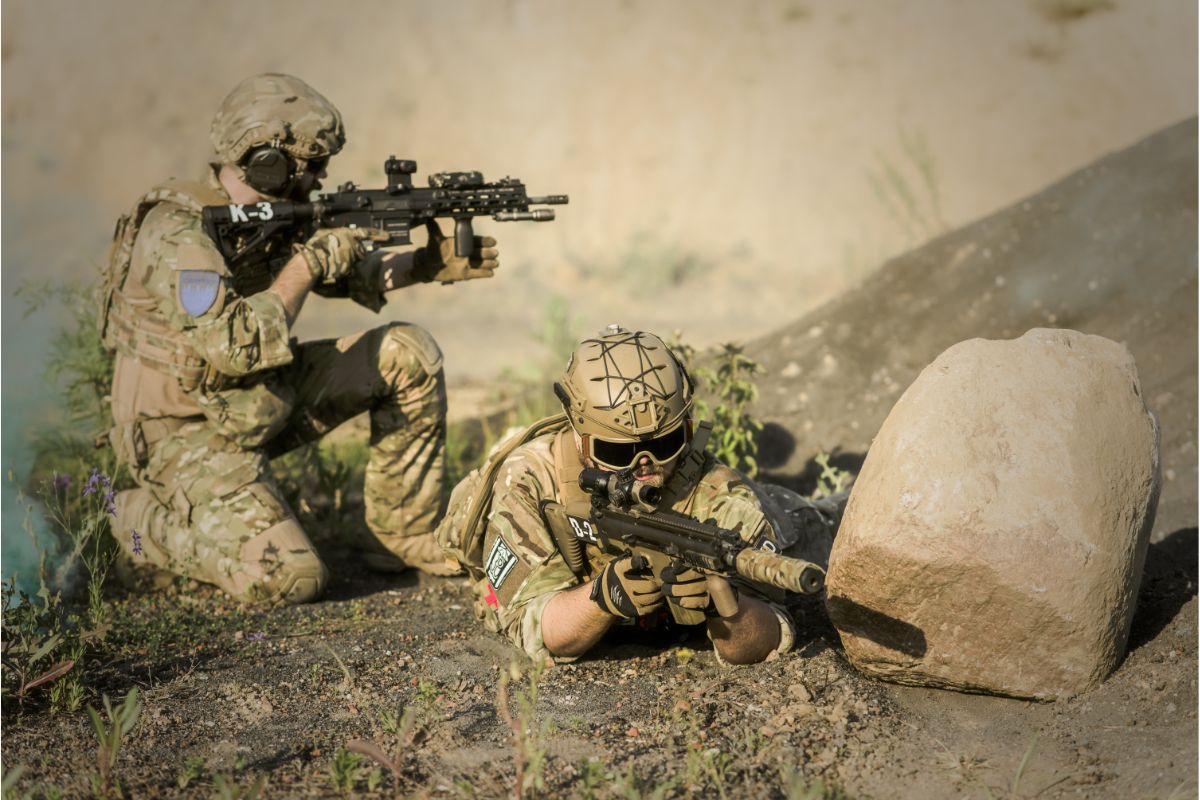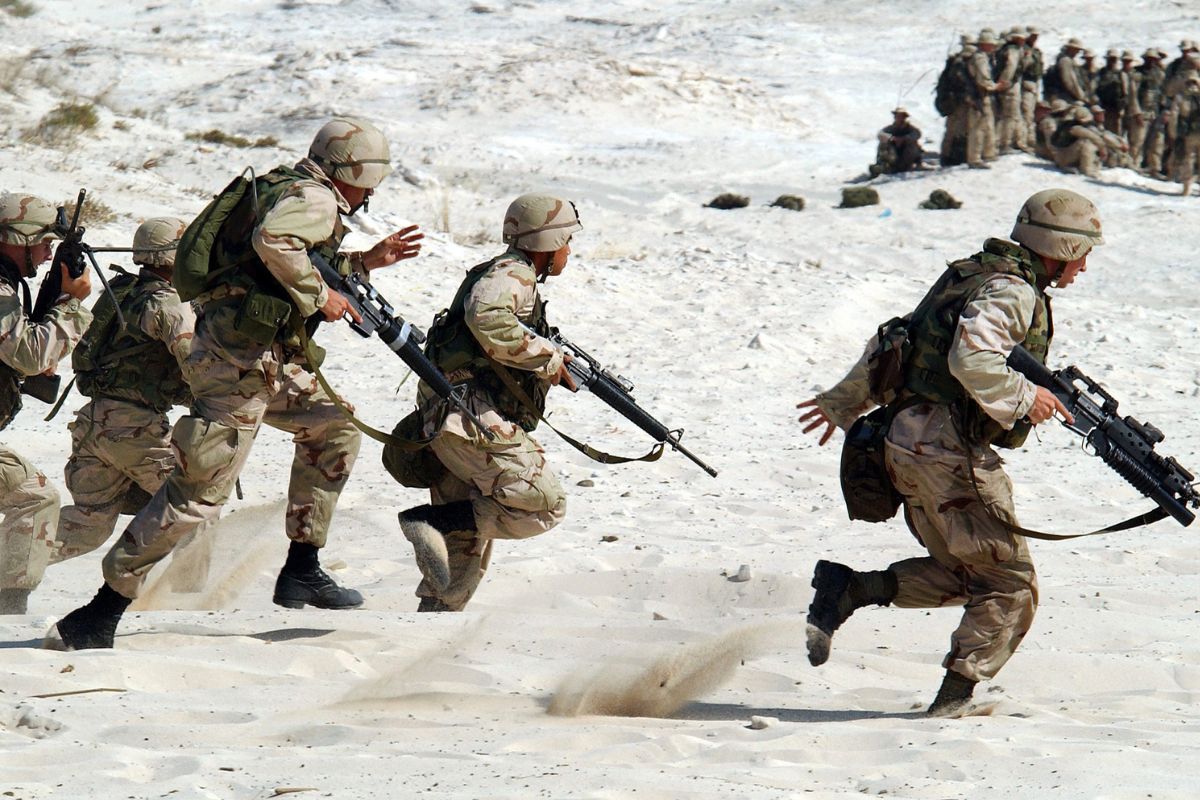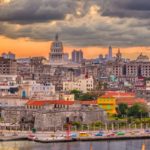Over the years, there has been speculation over how Cuba’s military operations function in modern times and question whether it’s still effective in terms of diplomacy and conflict if ever the circumstances called them to action.

So how does it operate, and what is it capable of doing today? How does it sustain itself, and what do Cuban citizens think about it?
In this guide, we will outline what the Cuban military looks like today, how it sustains itself, the number of personnel they have, and what its budget looks like compared to the rest of Latin America.
If you want to find out more about Cuba’s military presence, read on to find out more.
What Does Cuba’s Military Look Like?
It’s true that after 1989 the presence of the Soviet Union began to disintegrate.
In 1991, the eventual end of the Soviet Union had some immediate and devastating effects on Cuba. Cuba lost economic aid from the Soviet Union and also lost trading ability with the USSR.
This led to the downgrading of the capability of the Cuban revolutionary armed forces. It went from being one of the most active militaries of the third world to being stay-at-home force with minimal conventional fighting capabilities.
The military’s size and budget was cut by about 50 percent.
Today it is estimated to have between 50,000 to 65,000 regular troops, which is comparable to countries such as Columbia, Ecuador, and El Salvador in terms of active personnel.
This, as well as resource shortages, have forced Cuba to reduce training significantly, and the cannibalization of their limited equipment has further weakened its strength.
For those reasons, it is obvious the military presence of Cuba isn’t as substantial as it was during their revolution in the late 50s.
How Does The Military Sustain Itself?
As economic support for Cuba’s military presence has shrunk considerably, this has meant that tasks to prop up the Cuban system have become even more important. It is no longer the major overseas force it once was.
This has meant that their armed forces must now grow their own food and raise money to pay for some of its expenses. A significant number of military personnel are devoted to agricultural, business, and manufacturing activities that help feed the troops and generate income.
This has redirected the military’s reach to domestic matters, including the provision of financial and social services to the civilian sector. It supplies more construction, engineering, manufacturing, health, and transportation services domestically than it has in prior years.
Strengths Of Cuba’s Military

As bleak as this situation is, this system has a way of propping up parts of the country’s sectors in ways that contractors and farmers cannot in some instances.
This domestication of sorts has given Cuba’s military a defensive stance, so its intelligence and counterintelligence have seen little degradation, with their systems being primarily aimed at the United States.
Cuba has had a consistent policy of sharing information and supporting US adversaries. This is no surprise given the US blockade of Cuba and the strict US anti-Cuba policies.
This has resulted, though, in their early warning radar systems being generally intact and having a military leadership that is combat experienced with a high level of discipline.
The standards of these systems might not match the expectations or military activities of richer countries.
Still, there’s no doubt that Cuba is efficient in some capacity in monitoring activities of the US that they perceive to be suspicious.
What About Their Other Branches Of Military?
The ground forces aspect of the Cuban army is primarily made up of armor and artillery units, with a low readiness level that affects them if they have to be dispatched at short notice.
This is due to severely reduced training and facilities that aren’t capable of preparing personnel to mount effective operations above the battalion level.
It’s capped even further when most of their equipment is in storage and unavailable on short notice.
The navy branch of the military has a limited capability to sustain operations beyond its territory and instead focuses on the defense of its coastal areas.
This branch has no longer any access to any functioning submarines and has roughly over a dozen effective surface vessels ready to use in combat.
Their capabilities are limited to posing a threat to undefended civilian vessels if a a foreign vessel was found by their coasts, for example.
The Cuban air force shares this limitation in effectiveness, so they would find their airspace hard to defend against large numbers of better-performing aircraft.
Their assets in this regard amount to less than 2 dozen operational MIG fighters and their training of pilots is judged as barely adequate, so they are limited in proficiency and effectiveness.
If they were attacked at this level, they would have to rely on their surface-to-air missiles and what air defense artillery is available, and whether they could reach into these assets at short notice is questionable.
What Do Cubans Think Of The Military?
This could vary from person to person, but considering that each Cuban male has a compulsory two to three-year military service obligation, which could be served in domestic and specialist roles, this might affect how it is viewed.
Women can voluntarily enter into military service and are typically incentivized by having more access to university courses for their inscription.
This training also forms many parts of the Cuban education system, where the recruitment process begins at the secondary school level.
The governing body of this process would view this type of recruitment as a sense of duty to the socialist state and distribute personnel to an area of the military that needs assistance.
These recruits can also be used in agricultural work or any other role that is deemed necessary by the government.
Conclusion
As weak as this force seems to be in terms of global reach, there’s no doubt that the domestication of these roles will have a significant impact.
In 2018 Cuba spent $129 million on its military, which was 3.07% of its GDP, considering in the same year, it spent 11.19% on healthcare.
Considering this as well as a rise in spending on education, it seems that its military output isn’t seen as a considerable priority for Cuba, but considering the various roles that are given to their personnel, it may not be necessary to consider their budget as being poorly spent in regards to their outreach.
Whether you agree or disagree with some of the state’s practices and policies, you can see some value in the commitment to the economy that has likely stalled due to its trading options that have been affected by its political stance.
It gives the state more control over where assistance can be assigned and that it’s being used in the most effective ways and can have a positive impact on the communities that need the assistance.
If you take something away from this, you may have learned something new today that you can share with others, so you can thank us later.
- What Is The Largest Island In Cuba? - September 19, 2022
- Havana – Why Is It Cuba’s Most Exciting City? - September 19, 2022
- Cheapest Time To Visit Cuba (Ultimate Guide) - September 19, 2022








